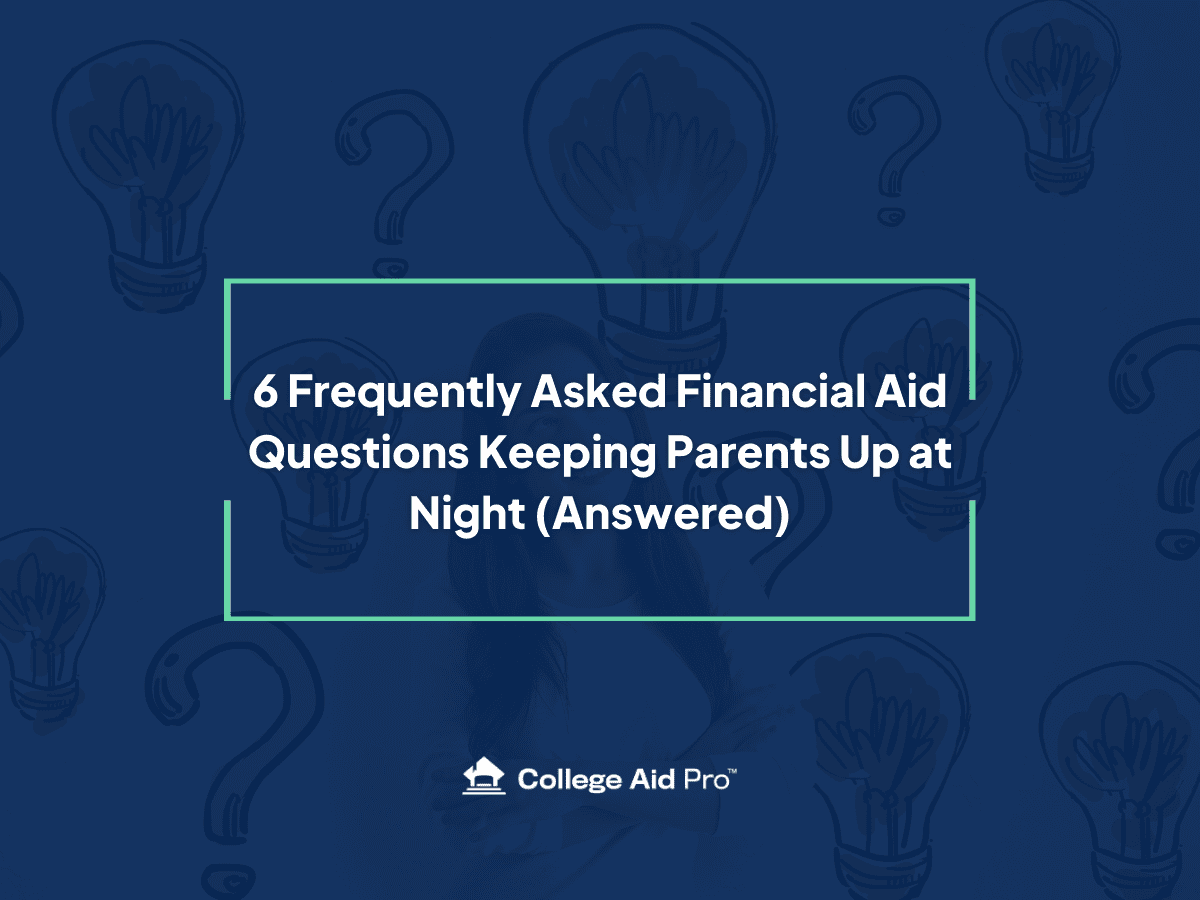In the US, we take for granted the quality of many of our higher education institutions. Despite the cost and complexity of applying here, many students from around the world seek to cap off their education with a degree from one of our universities. During the 2021-2022 school year, there were about one million international students attending college in the US. That speaks to the prestige of American universities, even more so because those students face far greater obstacles than English speaking Americans when it comes to applying for college.
As an aspiring international student, make note of the guidelines below. They may keep you from spinning your wheels, having to backtrack, or making errors as you progress through the joy that is the American college application experience.
International Students Defined
There are plenty of ways you could categorize international students, but, here, we’re talking about:
- Students Coming To The US For College
- Students With Refugee Or Asylum Status
- Undocumented Immigrants and DACA
Green card holders are also international students, but they enjoy the same admissions and financial aid status as American citizens, so they can use the other resources we have in our myCAP blog for guidance.
1. Get Support
To successfully navigate the American college system, you’ll want to have help from someone knowledgeable who also understands your needs. This person could be a guidance counselor at your school, or an advocate who has recently been through the process. If you don’t know anyone who can help, reach out to the nearest Education USA office. Their services are mainly directed at students who want to come to the US for higher education, but they may have information that applies to students already living in the US as well.
A note for undocumented students – Per the Family Educational Rights and Privacy Act (FERPA), your school teachers and counselors aren’t permitted to ask about your immigration status. For that reason, you should proactively communicate your needs to the college specialist at your school, so they can give you correct guidance around researching and applying for college.
2. Build Your College Budget
Just like any college bound student, American or otherwise, you need to know your budget before you select schools for your college list.
Add up all of the resources you will have available to pay for college including:
- Savings – Include what you and your family have already saved for your college, and what you expect to save between now and when school starts
- Gifts – Add in funds promised from other friends or family
- On-going contributions – Include the amount that you/your family will contribute from income earned while you are attending college
- Loans – Determine in advance how much you are comfortable borrowing based on what your payments would be after college compared to your expected salary and expenses
3. Identify Your Aid Profile
Depending on your financial and academic profile, you may qualify for need-based aid, merit aid or both.
Need-based aid eligibility – Use myCAP to get an estimate of your expected family contributions (EFC). Understand, though, that schools may assess you differently as an international student. If your EFC is below the full cost of a school and that school commonly awards need-based aid to international students, you may qualify for some financial aid there.
Merit aid eligibility – If you’re coming from a school system that isn’t easily compared to the US system, it may be difficult to tell how you compare to a given school’s student population. If you’re a very high achiever, you may qualify for merit aid from schools that offer merit aid to international students, and where your academics are better than average when compared to that school’s student body. For that reason, even students with a less than stellar record sometimes earn merit aid.
4. Research Schools
Although affordability is only one factor to consider when creating a school list, it’s a crucial one. You don’t want to include schools that you can’t afford and be disappointed when you’re accepted, but can’t attend because of cost.
This resource provided by Big J Educational Consulting entitled Financial Aid For International Noncitizens shows up-to-date figures on merit and need based aid awarded to international students at 400 colleges in the US.
You should also visit your local Education USA office for information about which schools are visiting your country. It’s reasonable to expect those schools may be more likely to offer financial aid than others.
Above all, make sure the schools you apply to will potentially offer you enough aid to meet your full need.
Many US schools require applicants to submit either SAT or ACT test scores. You may not be able to, or want to take those exams. Here is a list of schools that do not require test scores.
Special Research Considerations For Undocumented, DACA, and Refugee Students
You may be able to get in-state tuition at public universities, but that varies by state. You can find more information about the policies in your state here:
University Leaders for Educational Access and Diversity (uLEAD) Network
Some private schools offer need-based aid to undocumented students. Speak directly with an admissions counselor to find out what types of aid are available to you, and how to apply, as the process for you may be different than that for documented students.
Research your chosen career field to find out if you need a professional license to work in that field in the US. If you do, find out if your state will allow you to receive that license as an undocumented person. You don’t want to graduate and not be able to participate in your chosen field because of an inability to gain licensure.
See if your chosen schools have a Multicultural Student Center, Dream Center or Undocumented Student Center where you can receive support.
Some schools have adopted the label “Sanctuary Campus”. Do your research – some of these schools don’t actually have policies to protect undocumented students, while others do. On the other hand, some schools that do have such policies in place haven’t adopted the label of Sanctuary Campus.
5. Apply For Admission
Before application season starts, usually the fall of your senior year of high school, you’ll want to get everything in order.
- If your transcripts and test scores are in a language other than English, have them translated by a Credentials Evaluator such as one of the following, both of which may provide discounts for refugees and asylum seekers.
- If you aren’t a native English speaker, use a service like that provided by Duolingo to provide schools with verification of your English proficiency.
- Write a narrative essay about your life leading you to this point. Include details about the education system you come from and your personal story. If you are living outside the US, this will help you craft an effective college application. If you are already in the US, share this with your guidance counselor so they will have a deeper understanding of where you are from, and be able to write more effective recommendation letters for you.
- Arrange to take the SAT and/or ACT. You may need to take it multiple times to get your best score. If you do not want to take one of these tests, be prepared to apply to schools that do not require test scores.
- If you expect to pay for part of your education, gather documentation of your ability to do so. You will likely be asked to provide this information at some point.
- If you don’t have a social security number, obtain an ITIN, a tax ID number provided by the IRS for those who can’t get a social security number. See more information here.
- Make sure you have a valid identification document like the I-94, Social Security Card, or Employment Authorization Document (EAD).
- For undocumented students, DACA, Refugees and Asylum Seekers – You may be lumped into the admissions practices available to international students, call the school to find out if their website doesn’t specify.
6. Apply For Financial Aid
You may be asked to fill out financial aid forms or a proprietary school form to determine your need-based aid award. International students are not eligible for Federal Student Aid, but you may still be asked to fill out the federal form called the FAFSA. Many schools use this form to make their own aid determinations, not just need-based aid. Some schools may require you fill it out for merit aid consideration as well. Here are some of the forms you may see. Keep in mind that not all schools are need-blind, meaning your financial need, or lack of need may be used in the admission process; especially when it comes to international students. These schools are referred to as “need aware”.
- FAFSA (Free Application for Federal Student Aid) – This is the most common financial aid form. Unfortunately, you are required to have a social security number to submit it. If you can’t submit the form online, contact the financial aid department from each school for guidance on submission.
Since most international students can’t submit the FAFSA, it’s helpful to complete the FAFSA Estimator to get your EFC (Expected Family Contribution). This will help you understand how schools view your financial situation from a need standpoint. At most schools, your family would be expected to cover at least the EFC amount each year of college, but that is only a minimum amount. Your cost could be much higher depending on how the school awards need-based aid. Merit aid can sometimes lower the cost to below the EFC amount.
Though not eligible for Federal Aid, some states offer aid to undocumented students.
- CSS Profile – Some schools also require the CSS Profile for aid consideration. This form is more comprehensive than the FAFSA and often results in a higher EFC.
- ISFAA (International Student Financial Aid Application) – This is the CSS for international students.
Refugees and Asylum recipients have special status allowing them to receive federal student aid. Here are helpful resources for guidance counselors advising these students:
Tip Sheet for Financial Aid Administrators Working with Refugee and Asylee Students
Resources and Tips for Successful Application Processing
7. Find More Money
Sometimes the cost of school in the US is just out of reach. Even if you receive full financial aid, don’t forget the cost of visa fees, travel, etc. Consider some of these options for filling that gap.
- Get a job – If you are an F-1, M-1 or J-1 visa holder, you may be able to work under limited circumstances. You must receive permission from DHS to obtain a social security number when you start working.
- If you are an undocumented student and can’t work on campus, look for schools that have a stipend program to help.
- Fundraise small gaps.
- See if your home country government has sponsorships you can take advantage of.
- Get creative! If you really want it – come up with a way to make it happen (legally, of course!)
- Apply for private scholarships – but make sure they won’t reduce the aid you get from the school. Specifically, apply for scholarships designated for students from your country or with your citizenship status.
- Get a small student loan. It will have to be a private loan and you may have to get a documented person to cosign for you, but it may be possible. (Warning: don’t borrow more than you can comfortably afford to pay back. Add up the loan amount for all four years of college when making this decision!)
Persistence Pays Off
If you are an international student, or one of their advisors, it’s good to know there is guidance available to you on this. One million students managed to get through it last year, and I’m sure you will too.
Additional resources for international students looking for scholarships and guidance:



